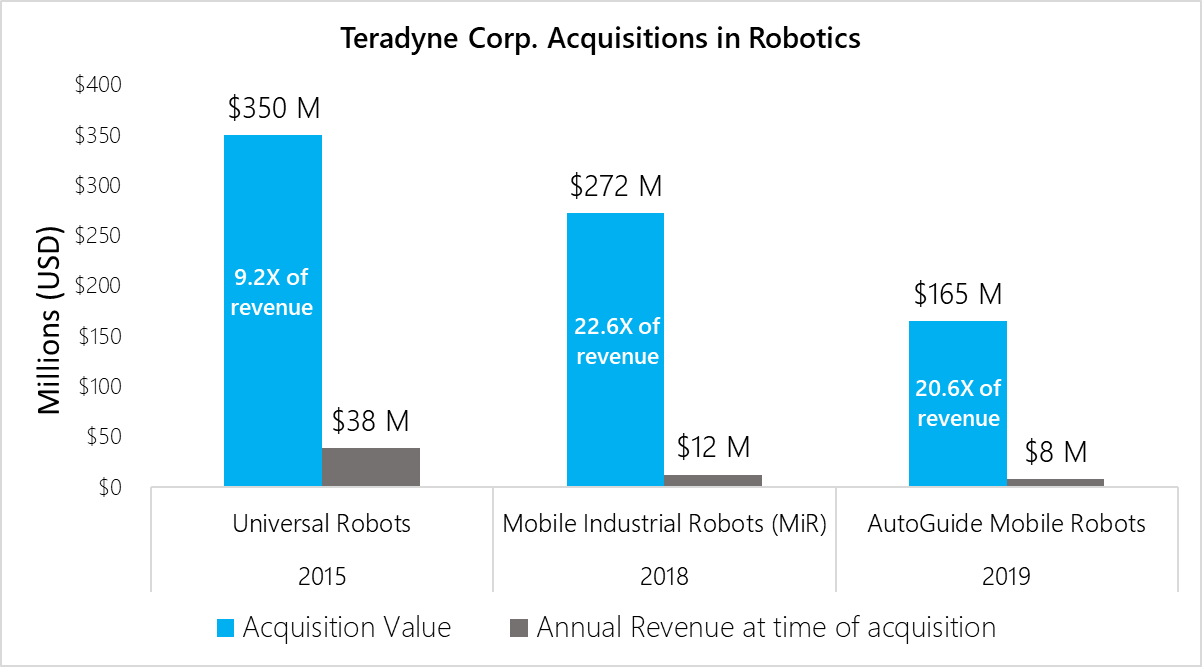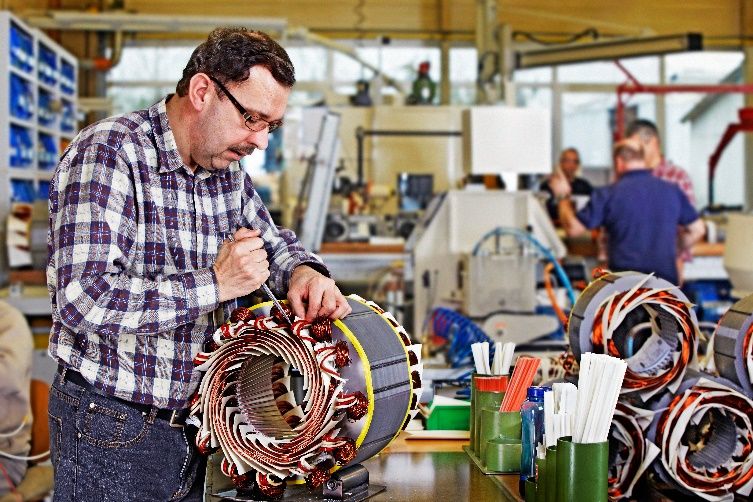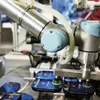The world of automation is at the centre of conversations surrounding economic recovery post-COVID-19.
Black swan events like the pandemic may be unpredictable but leave a long-lasting impact. Through the chaos, there is pressing need and much opportunity to reassess, reconfigure, and rebuild in more future-proof ways.
COVID-19 has been a tell-tale 'fork in the road' across industries. When the pandemic hit, global operations came to a screeching halt. A vast majority of the workforce had to stay home. Businesses had to track and adapt to changing policies and political climates across the globe, cater to customers, and protect employees.
And across industries, business leaders are focused on doing exactly that. 59% of CFOs surveyed in a PWC CFO Pulse survey (June 2020) are worried about a rise in infections affecting their employees as they return to work. To help transition to safer work spaces, about 45% of the surveyed CFOs plan to accelerate automation and new ways of working.
A couple of months ago, Volkswagen made 100 changes to factory operations to ensure worker safety before opening manufacturing locations. Other manufacturers are doing the same. The strong resolve to automate is also reflected in the 2020 Honeywell-KRC Research survey that reported more than half of US companies open to investing in automation post-COVID-19 to survive.
Adversity -- the mother of invention
Hardships brought about by global events like world wars and other crises are very often hotbeds of innovation -- born out of necessity. They force everyone to do more with less and execute with discipline.
After World War I, a 28-year-old lieutenant drove for 62 days, from the White House to San Francisco, to learn why it was so hard to move troops and supplies across the United States. The answer? Inadequate road infrastructure. That man was Dwight Eisenhower, who established the U.S. Interstate Highway system and later went on to became the President of the United States. Ultimately, the system proved helpful not only for defense forces, but birthed the supply chain network in the country, a key driver of American’s spectacular growth.
During World War II, a machine built to crack the notorious German Enigma encryption system ended up ushering humankind into the computer age.
The dot-com crash of 2000 pressed Amazon into revising their business model and opening up to third-party sellers – a move that helped catapult their growth into the behemoth we know today.
These innovators capitalised on the opportunities that tough times present, and savvy investors backed their vision and ability to execute and scale.
The current pandemic is no different. In our new normal of social distancing, infection control, and risk mitigation, if manufacturers do not champion more automation, they risk being winnowed out by others who will, inevitably, do. Particularly since the market is brimming with tremendous potential waiting to be unlocked.
A market full of potential
While the automation market stands at a healthy $150 Billion today, it is still modest compared to the $15 Trillion the world spends on manual labour wages.
This dependence on human labour for low-skill repetitive work is mainly due to key issues in automation yet to be ironed out, and the ability to leverage low-cost global markets as a workaround. But the pandemic showed us how we need to build better resilience in this area. And investors are paying attention to this pressing need.
The CEO and General Partner of Pegasus Ventures, a VC fund managing $1.5B in investments recently stressed on the need for more AI-based automation in light of greater social distancing measures. He highlighted tech-enabler companies applying AI-based intelligence to automate various tasks in warehousing and distribution.
Shahin Farshchi, a Partner at Lux Capital, stated they are actively focused on more investments in automation after recently closing a $1Billion fund. They plan to invest in teams looking to empower human workers through automation since COVID-19 exposed deficiencies in manufacturing and logistics infrastructures. They also expect employers to look to automation to ensure sustained productivity while ensuring worker safety.
And while the COVID-19 crisis re-emphasised the importance of automation and robotics in supply chain resilience, several companies have already been placing strategic bets in this space over the past five years.
Massachusetts-based Teradyne is a prime example of a company on an acquisition spree in robotics.

Last year, the world of robotics received $46 Billion in investment -- a record high. In 2020, the interest continues. Covariant, Diligent Robotics, Dexai Robotics, Brain Corp, and ForwardX Robotics are just a few examples of industrial robotics companies that raised funding this year.
Roadblock to achieving total automation
Addressing critical bottlenecks that stifle overall productivity is the key to achieving the holy grail in manufacturing: hyper-automated and fully-automated factories.
While there has been a lot of buzz around robotics in manufacturing and warehousing, not many outsiders know that most industrial robots in factories mainly perform simple, repetitive tasks like welding and painting. And in the ecommerce warehousing market, what has been achieved is only automating the material movement and sorting process.

Even in the most advanced of factories, humans are required for most object manipulation tasks. Even a task seemingly as simples as picking up a screw out of a bin, placing it in a designated screw hole and turning the first two threads without a slippage is practically impossible to automate using robots of today. These types of tasks, known as ‘Pick and Place,’ are one of the biggest and costliest roadblocks for the worlds of manufacturing and industrial automation.
Manual labour is inevitable for most object manipulation tasks like complex assembly
When this pandemic is declared over and the dust settles, businesses, customers, and employees alike will truly realise the benefits of a leadership willing to innovate operational workflows under duress. The industrial automation market, while already ripe with opportunity and growth can be further cracked open to spill even more rewards through intelligent and total automation.
(Disclaimer: The views and opinions expressed in this article are those of the author and do not necessarily reflect the views of YourStory.)
India’s most prolific entrepreneurship conference TechSparks is back! With it comes an opportunity for early-stage startups to scale and succeed. Apply for Tech30 and get a chance to get funding of up to Rs 50 lakh and pitch to top investors live online.
Link : https://yourstory.com/2020/10/covid-19-accelerating-use-industrial-automation-robotics
Author :- Nikhil Ramaswamy ( )
October 13, 2020 at 11:17AM
YourStory


